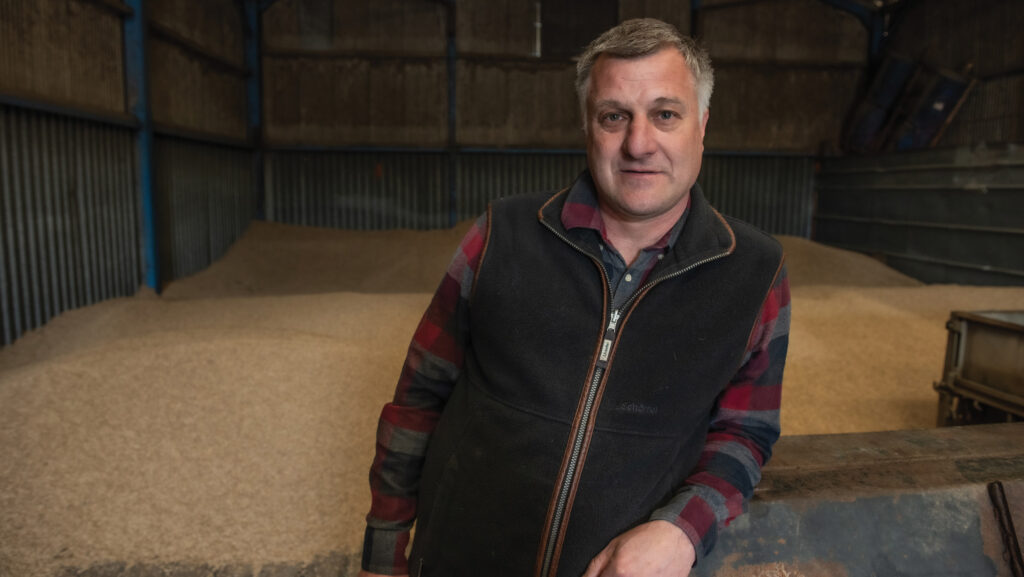Farmer Focus: Canadians come to town to learn about UK wheat
 Mark Stubbs © Phil Weedon
Mark Stubbs © Phil Weedon A few weeks ago I had a visit from independent consultants Adas, who were accompanied by three Canadian crop consultants.
The purpose of the visit was to look at winter wheat being grown on my farm in Lincolnshire, to investigate and explore the reasons why us Brits are producing greater yields than they are back in Canada.
One of the differences we acknowledged was that their row spacing was arguably too wide, at 20-25cm, instead of 12.5cm, which I would recommend.
Although, I do know several farmers achieving results from 15cm-plus row spacing in different parts of the UK.
See also: Video – lincs wheat grower claims top prize in 2023 YEN Awards
Another difference was that they are planting at a high seed rate compared with row spacing of more than 600 seeds/sq m, whereas we are usually around 400 seeds/sq m.
I was impressed, however, with the number of ears they are achieving, which sits at 900/sq m. We would usually aim for 700/sq m.
The Canadians told me they struggle with grains per head as their bottom grains abort due to the hot temperatures at the senescence stage.
This means the plants die off rather than ripen, resulting in specific weight of 50kg/hl or less, while we average more than 72kg/hl .
Yet, on average, Canadian yields were 8t/ha, with top farmers achieving up to 12t/ha.
An obvious difference is the climate, as they seem to have more extreme hot and cold weather compared with the UK.
We had a discussion regarding plant health and how we in the UK find the use of manures and cover crops improve our soil health to help with plant growth.
This is something I advocate on the farm, but they informed me that they find it difficult to obtain manures.
Overall, it appeared to be a very informative visit for both parties, with us all taking away positive ideas.
I look forward to welcoming them back next year with a group of Canadian farmers.


